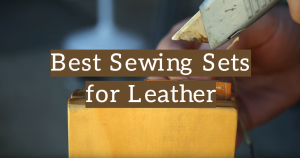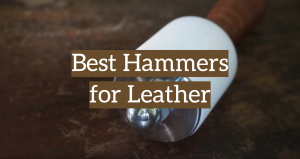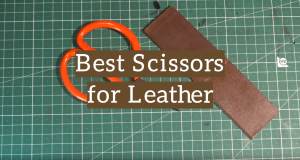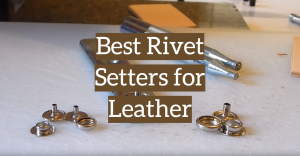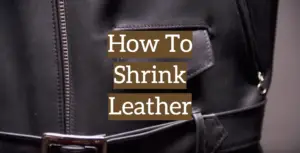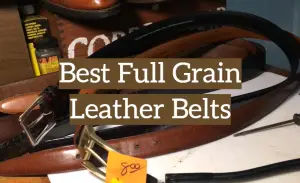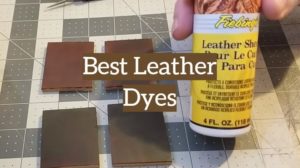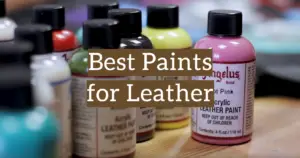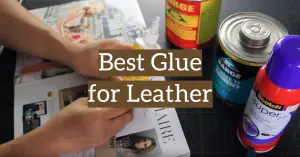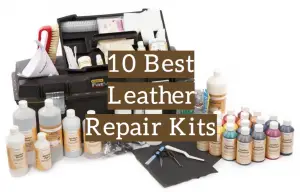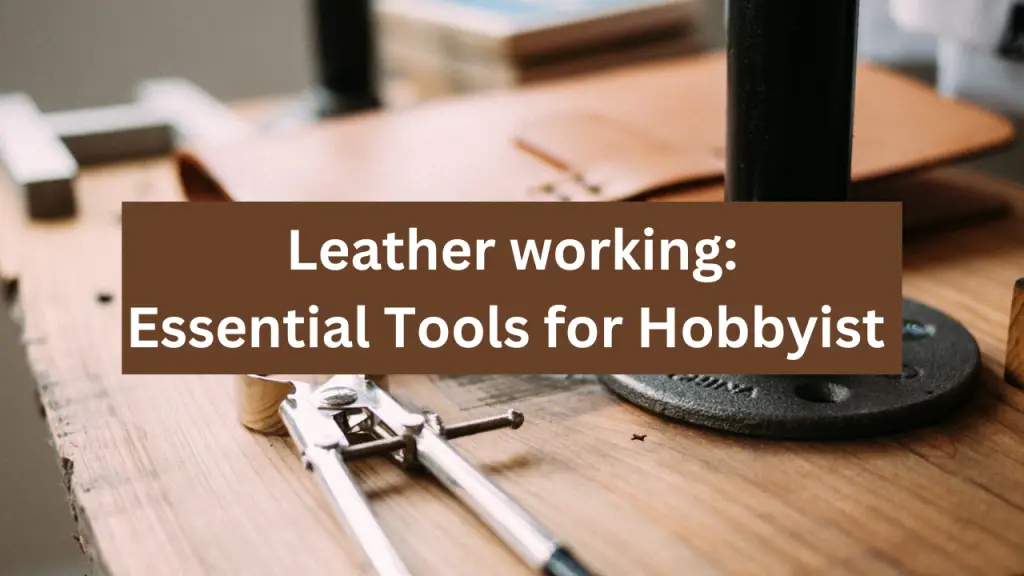
Introduction
Leather working, an age-old craft, beautifully marries tradition with individual expression. As you embark on this journey, equipping yourself with knowledge and the right tools becomes pivotal. This guide serves to deep dive into these instruments, ensuring every budding leatherworker feels well-prepared.
Historical Context
Before we delve into the tools, it’s worth appreciating leather working’s rich history. From ancient civilizations using it for clothing, armor, and even documentation, leather has played a vital role throughout millennia. Today’s tools, though refined, often draw inspiration from their ancient counterparts, reflecting a craft that respects its roots while embracing innovation.
Essential leather working tools
Here is a list of the essential tools for hobbyist that want to start leather working.
Awl
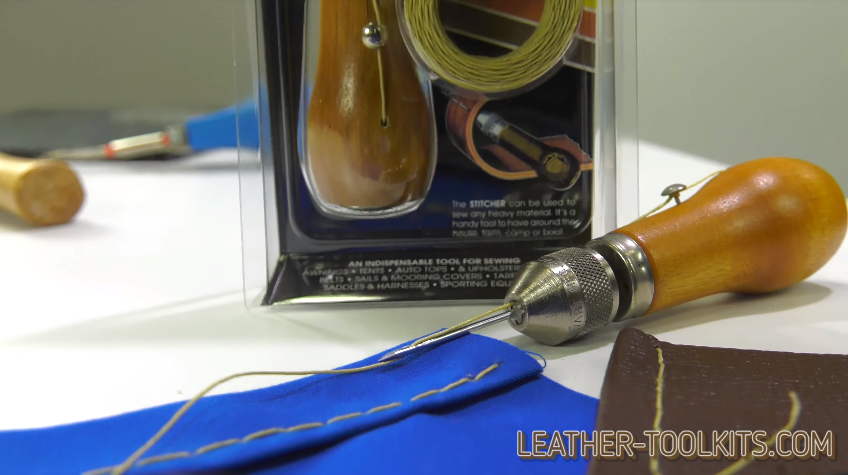
Function: The awl is the leatherworker’s pen, an instrument of precision. It creates small, meticulous holes, especially vital for stitching. Moreover, it helps in marking out design elements, ensuring that every cut or stitch aligns with your vision.
Practical Tip: When piercing through thick leather, it’s wise to gently twist the awl, making it easier to penetrate without causing undue stress on the material. And remember, an awl is not just for holes but can be a vital tool in tracing out patterns on your leather.
Hammer
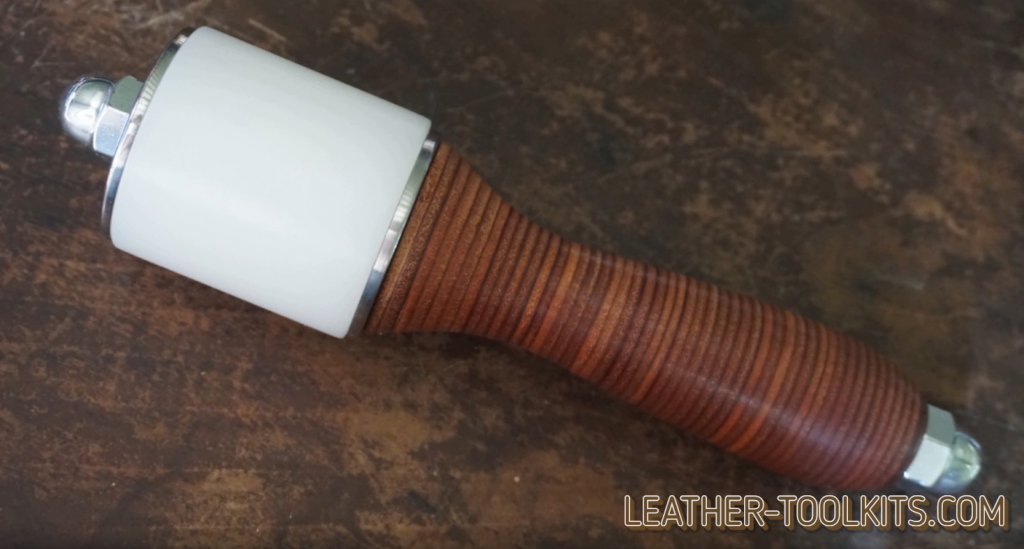
Function: Think of these as extensions of your arm, giving you the ability to exert controlled force. They’re not just about hammering; they’re about ensuring even pressure, setting rivets, or aiding other tools like punches to work more effectively. They’re essentially force multipliers.
Practical Tip: Choose your maul or mullet based on the task. For intricate work where you need more sensitivity, a lighter mallet might be preferred. For tasks that require force, like setting large rivets, a heavy maul is your ally.
Strap Cutter
Function: Consistency is key in leather working. The strap cutter delivers just that, allowing you to cut uniform strips, whether for belts, bag straps, or decorative elements. It’s a tool of symmetry, ensuring every strip mirrors the others in width and thickness.
Practical Tip: Occasionally, run a piece of beeswax along the blade. This makes the cutting smoother and prolongs the blade’s sharpness.
Edge Beveler
Function: Beyond aesthetics, the edge beveler plays a functional role. By rounding off sharp edges, it prevents premature wear and fraying, ensuring that leather items like belts or wallets not only look polished but also have a prolonged life.
Practical Tip: Hold the beveler at a consistent angle, allowing the tool to glide. It’s like sharpening a pencil; once you find the rhythm, it becomes second nature.
Swivel Knife
Function: This is where artistry truly comes into play. The swivel knife lets you carve intricate patterns, monograms, or any design element into the leather’s surface. It’s the tool that allows your imagination to etch its mark directly onto the material.
Practical Tip: Keep your fingers close to the blade for maximum control. Additionally, regularly strop the blade to maintain its sharpness and achieve clean, crisp cuts.
Stitching Needles & Thread
Function: In a world of machine-made perfection, hand-stitching stands out. Stitching is both functional (holding pieces together) and decorative. The right stitch can elevate a leather product from ordinary to extraordinary.
Practical Tip: When starting out, mark your stitch points with a ruler and an awl. This ensures uniform spacing. Also, if you’re working with tough leather, consider using a stitching awl to aid in making it easier to push the needle through.
Leather Types & Their Influence on Tool Selection
Different leather types can influence which tools you might need. For instance:
- Vegetable-Tanned Leather: Great for molding, dyeing, and tooling. This leather type is stiff and can be carved using swivel knives, stamps, and more.
- Chrome-Tanned Leather: Softer and more flexible. Typically used for clothing and doesn’t hold carved designs as well.
Care & Maintenance of Tools
Your tools are investments. Regular maintenance ensures they last longer and function optimally. Store them in a dry place, clean them after use, and routinely sharpen blades.
Safety First
Leather working is incredibly rewarding, but safety should always be a priority. Always cut away from yourself, wear safety glasses when hammering, and ensure your workspace is organized to prevent accidents.
Conclusion
Leather working is more than a hobby; it’s a voyage into history, creativity, and craftsmanship. As you explore and master each tool, you not only bring your unique visions to life but also become a part of a lineage of artisans spanning centuries.
Engage With Us
Your journey, experiences, and insights matter. Share your leather working stories, and let’s create a tapestry of shared knowledge and passion.
FAQs for Aspiring Leatherworkers:
What tools do I need to get into leather working?
To start, consider the basics: an awl, mallet, strap cutter, edge beveler, swivel knife, and stitching supplies. As you delve deeper, you’ll discover more specialized tools tailored to specific projects.
What do you need to make leather products?
Beyond the essential tools, you’ll need good quality leather suited to your project, dyes or stains (if you wish to color the leather), finishes to protect your product, and patterns or templates if you’re working on a specific design.
What are the beginner leather craft projects?
Start simple! Consider crafting a keychain, wallet, or a basic belt. These projects introduce you to essential techniques like cutting, punching, and stitching. Once you’re comfortable, you can explore more complex projects like handbags, holsters, or even leather-bound books.


